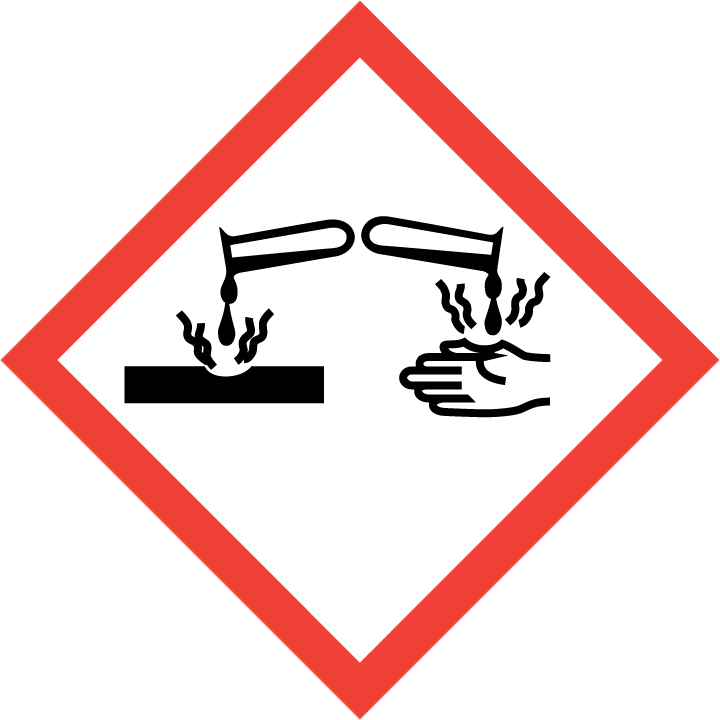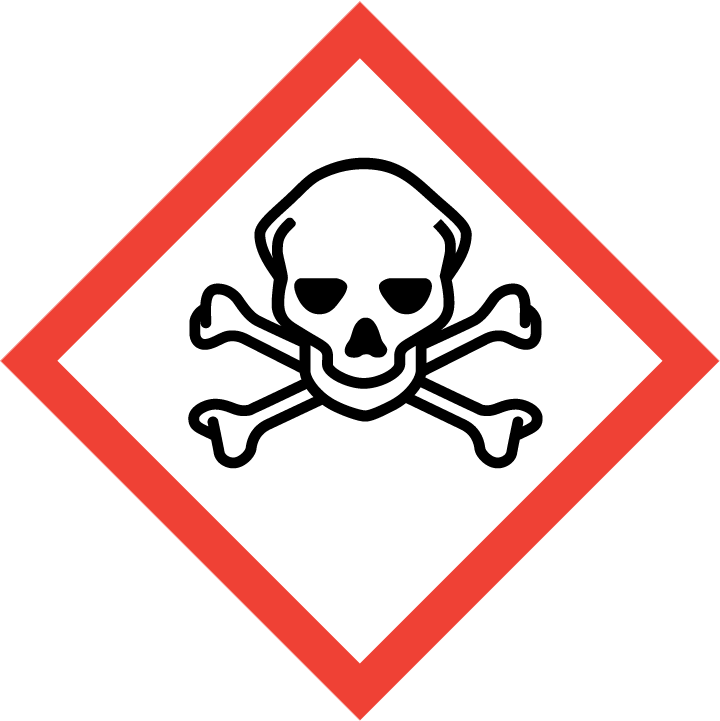| Chemical Name: | Quinoxaline, 2,3-dichloro-6-nitro- |
| CAS Number: | 2379-60-4 |
| Product Number: | AG00I4LS(AGN-PC-0JUYXW) |
| Synonyms: | |
| MDL No: | |
| Molecular Formula: | C8H3Cl2N3O2 |
| Molecular Weight: | 244.0343 |


2,3-Dichloro-6-nitroquinoxaline is a versatile chemical compound widely used in organic synthesis processes. It serves as a key building block in the creation of various nitrogen-containing compounds with diverse applications in the fields of pharmaceuticals, agrochemicals, and materials science. This compound is particularly valued for its ability to introduce nitro and chloro substituents into molecular structures, allowing for the modification of functional groups and tuning of properties. In chemical synthesis, 2,3-Dichloro-6-nitroquinoxaline is utilized as a reagent in the preparation of pharmacologically active compounds and complex organic molecules with tailored properties. Its strategic role in the synthesis of biologically relevant compounds makes it an essential tool for research and development in the pharmaceutical and chemical industries.